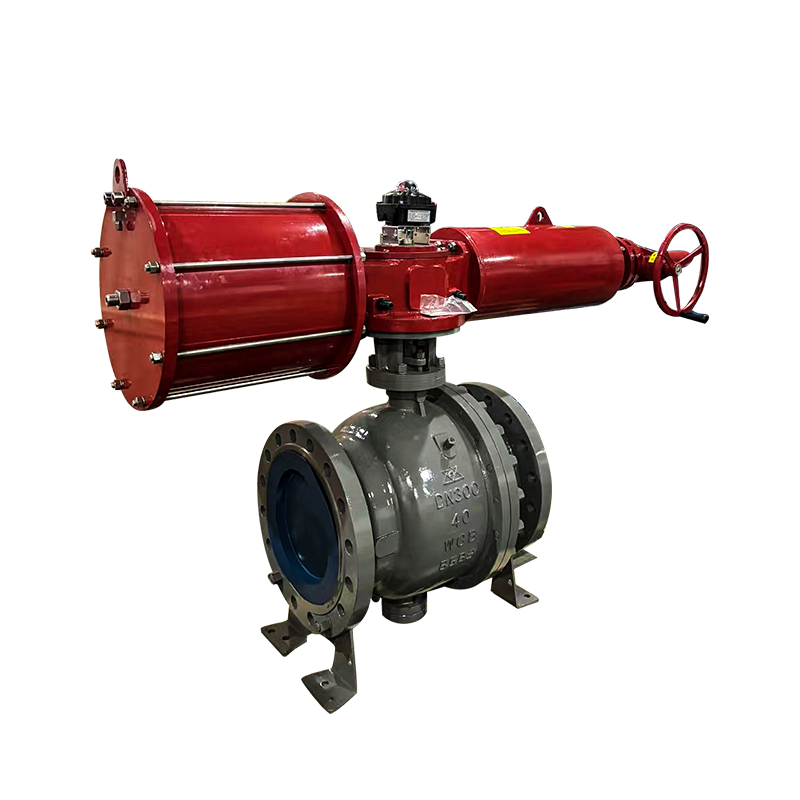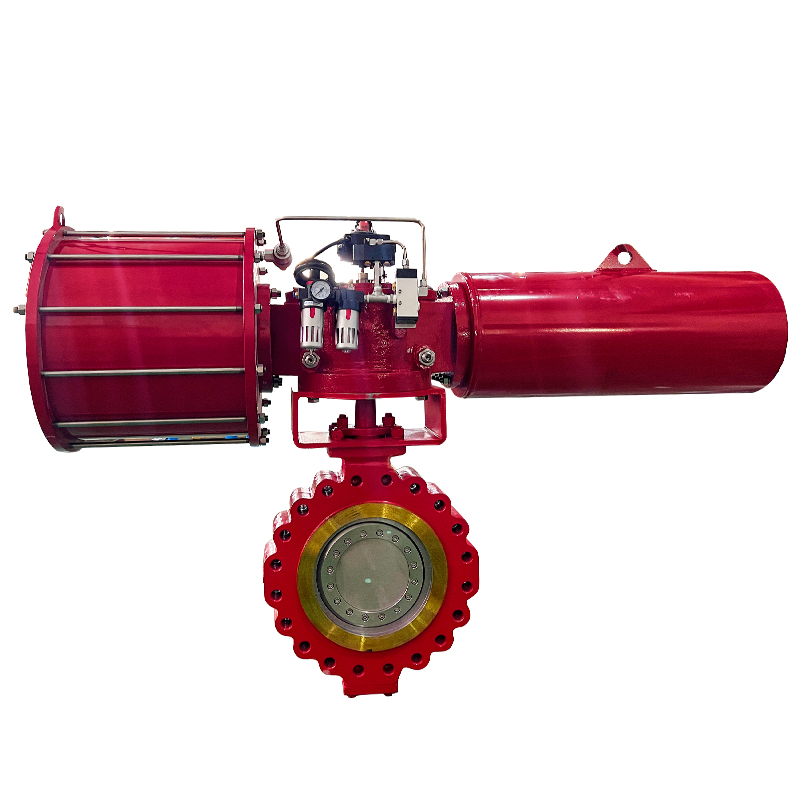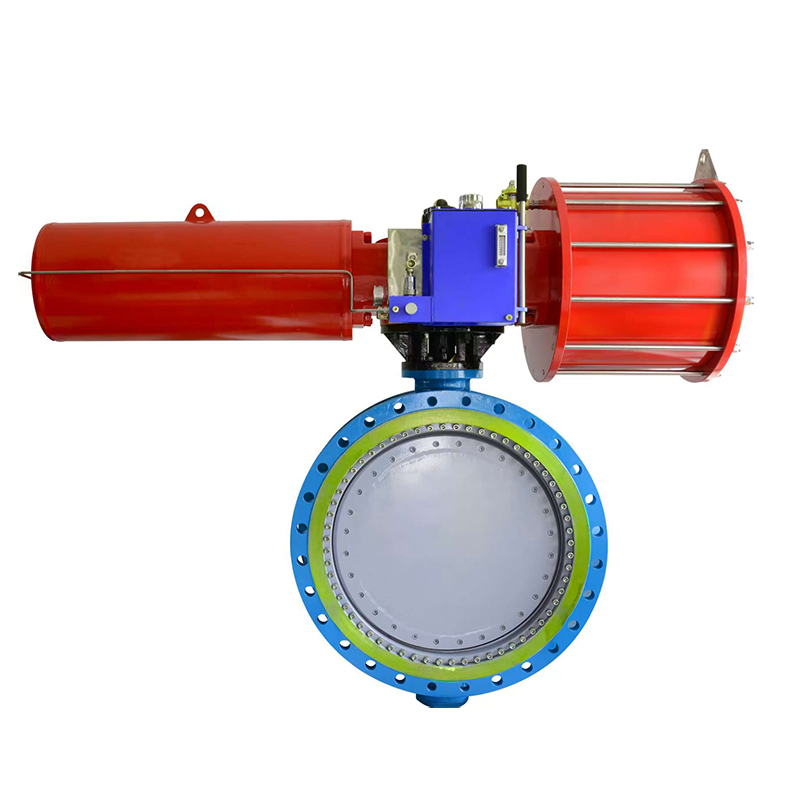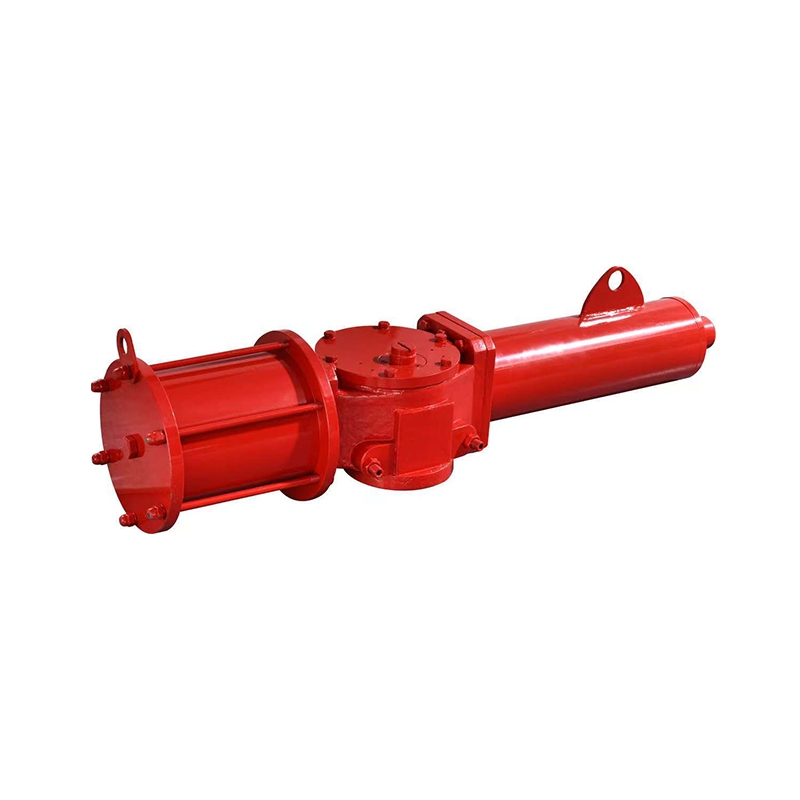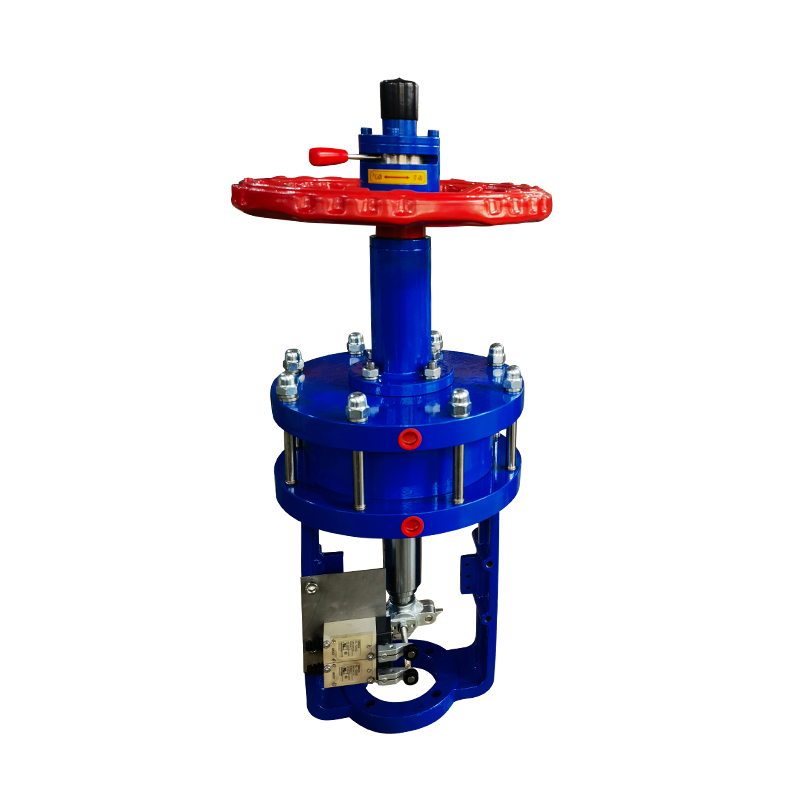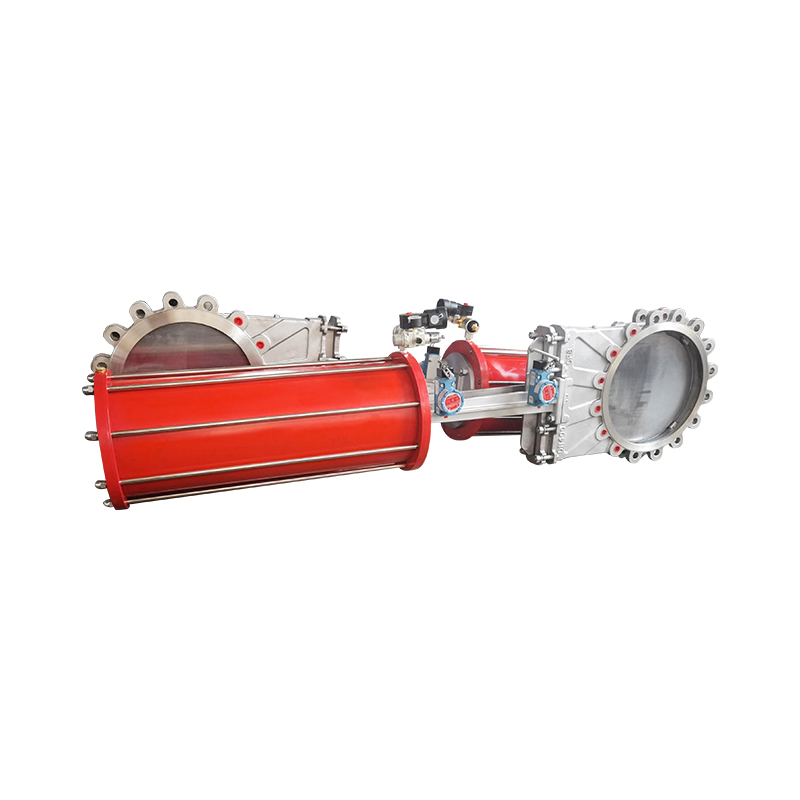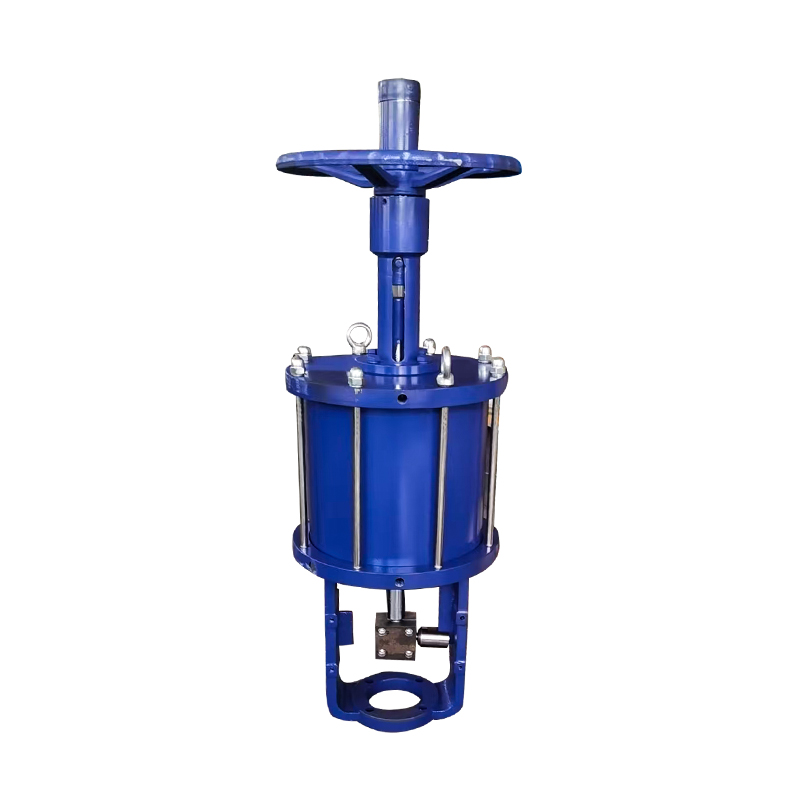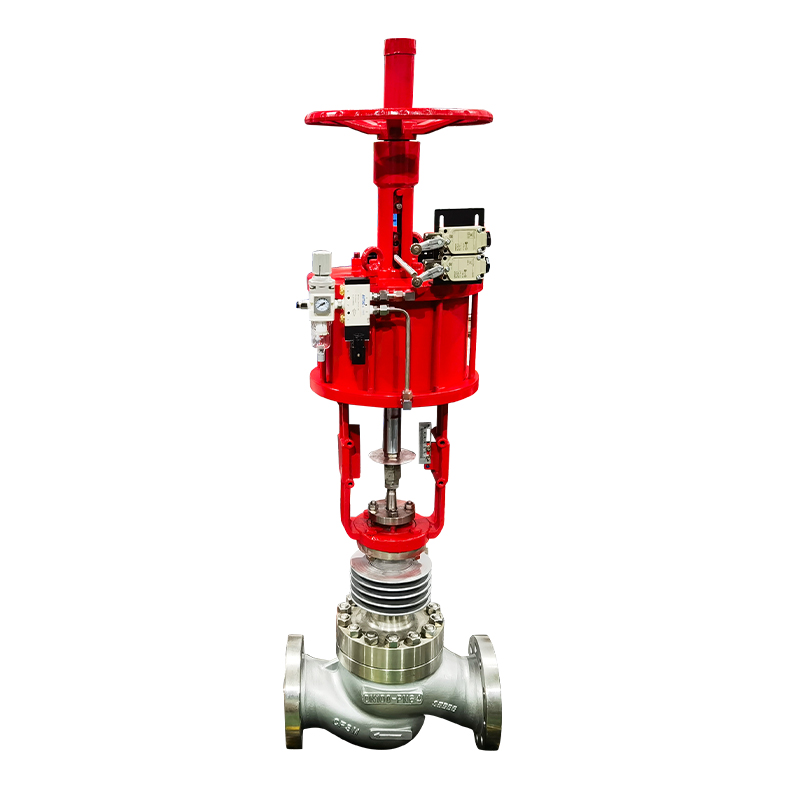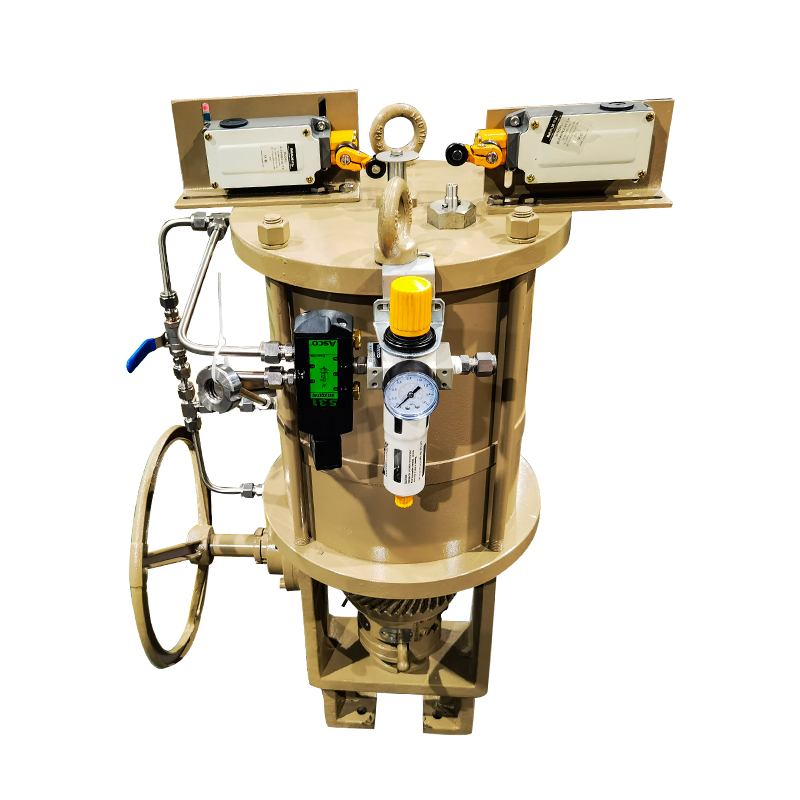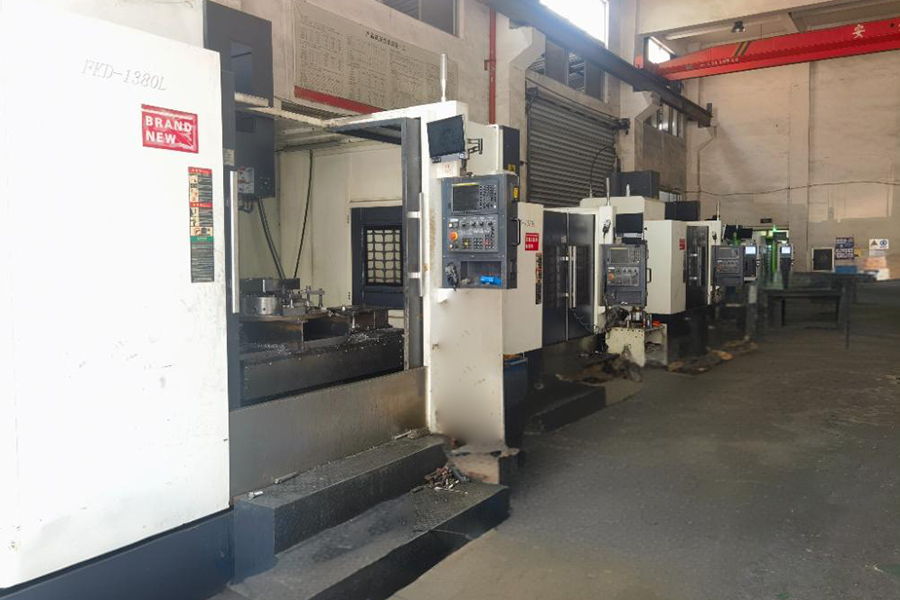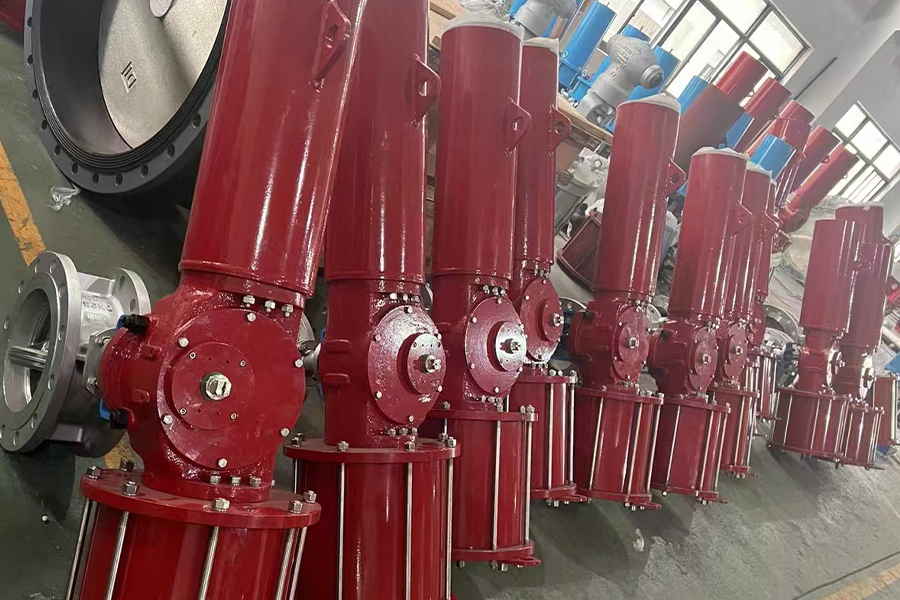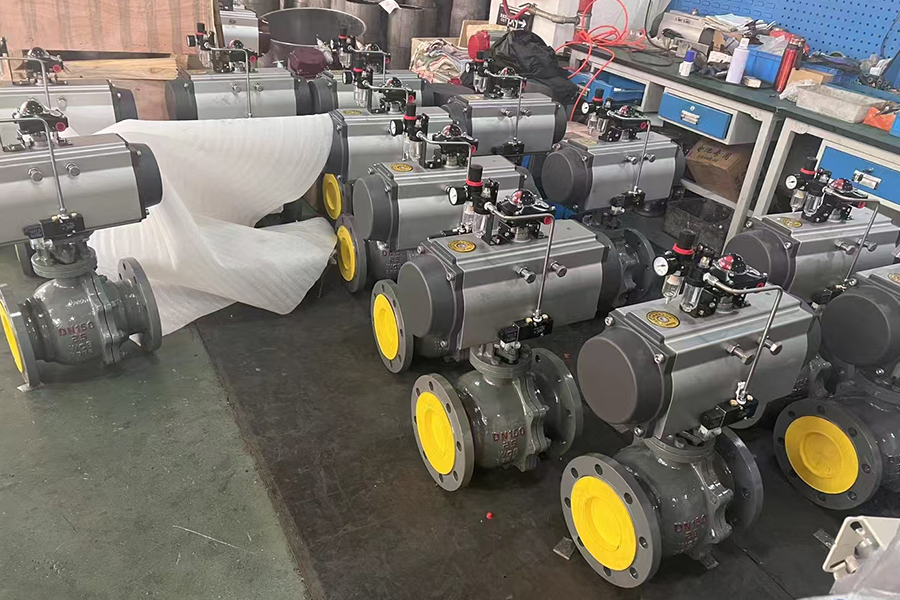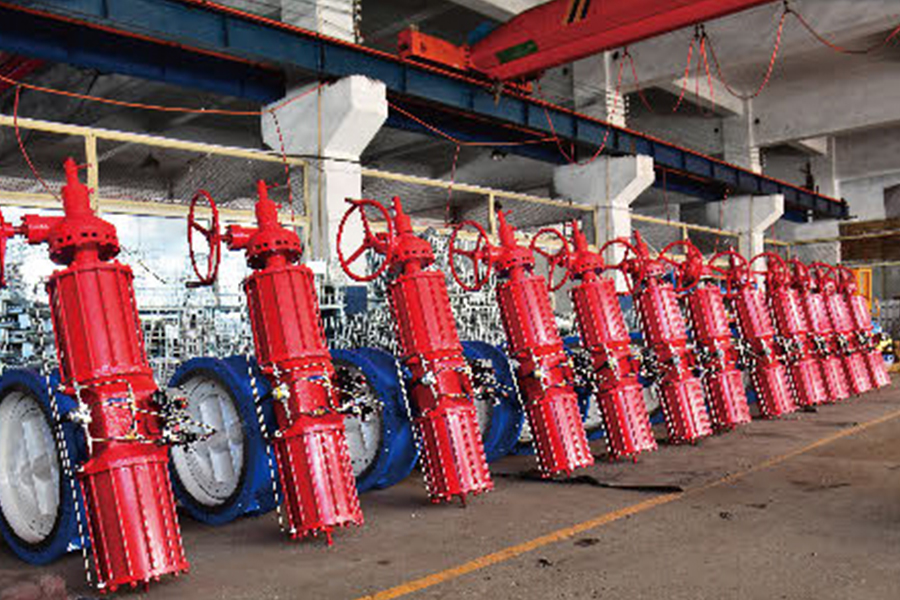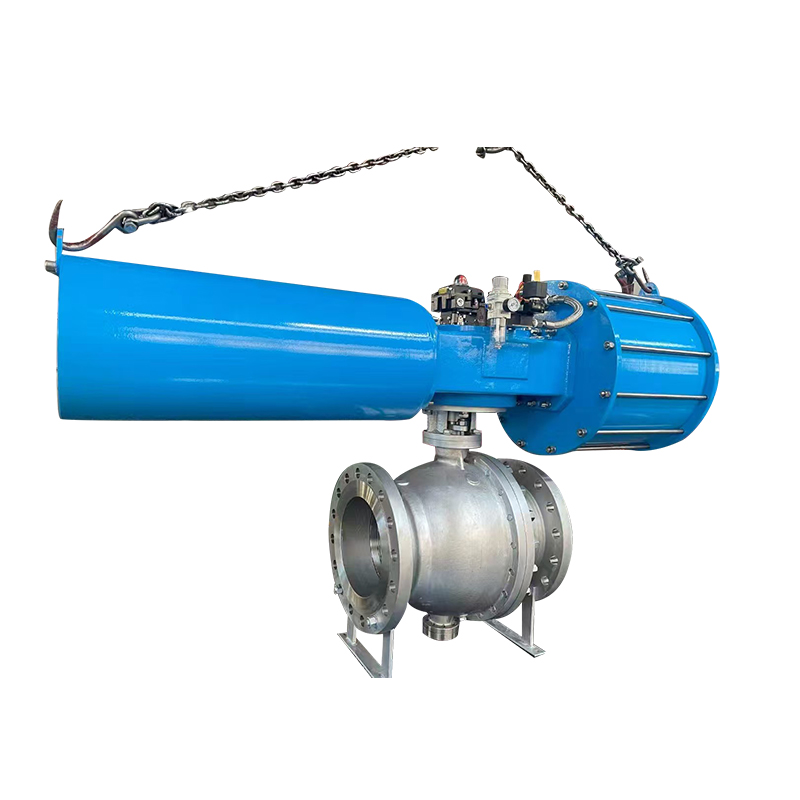
Fork type pneumatic valves are commonly used in various industrial applications due to their reliable operation and relatively simple design. However, when considering their suitability for high-pressure environments, several factors must be evaluated. Understanding the design features, material capabilities, and performance limitations of fork type pneumatic valves helps determine if they can effectively meet the demands of such conditions.
A key characteristic of fork type pneumatic valves is their actuation mechanism, which often involves a fork-shaped lever or actuator that controls valve movement. This design provides clear and direct control, which can be advantageous in systems requiring precise valve operation. However, the mechanical structure must be robust enough to withstand the forces generated by high-pressure fluids or gases. An unsuitable design may result in premature wear or failure when exposed to excessive pressure.
The materials used in manufacturing fork type pneumatic valves are crucial to their pressure tolerance. Valves intended for high-pressure applications typically incorporate metals such as stainless steel, brass, or other alloys known for their strength and corrosion resistance. Sealing materials also play a significant role, as they must maintain tight seals under high pressure without degrading or leaking. Manufacturers often select specialized elastomers or PTFE-based seals to enhance durability and reliability. Therefore, a fork type pneumatic valve designed with appropriate materials can handle elevated pressures more effectively.
Another important consideration is the valve's pressure rating, which defines the maximum pressure the valve can safely operate under. Each fork type pneumatic valve is tested and rated according to industry standards to specify its pressure limits. When evaluating suitability for high-pressure environments, it is essential to consult these ratings and ensure they align with the system's operational requirements. Using a valve beyond its pressure rating can compromise safety and lead to equipment damage.
The flow capacity and response time of fork type pneumatic valves may also be influenced by high-pressure conditions. At increased pressures, the valve must maintain proper sealing and control without excessive actuation force or delayed response. Some designs incorporate features such as reinforced stems, precision machining, or enhanced actuator mechanisms to support operation under pressure. A valve that can perform reliably under these conditions contributes to system efficiency and safety.
Installation and maintenance practices further affect the performance of fork type pneumatic valves in high-pressure settings. Proper mounting, alignment, and connection to the pneumatic system are necessary to prevent undue stress on valve components. Regular inspection and replacement of seals or other wear parts help sustain performance and avoid leaks. A well-maintained valve can better withstand the challenges posed by high pressure over time.
While fork type pneumatic valves can be suitable for certain high-pressure applications, there may be cases where alternative valve types are preferred. For example, ball valves or globe valves designed specifically for high-pressure service might offer enhanced durability or tighter shutoff capabilities. It is important to assess the specific operational parameters, including pressure range, temperature, and fluid type, when selecting valves for critical applications.
Manufacturers of fork type pneumatic valves often provide detailed specifications and technical support to assist users in making informed decisions. Consulting with suppliers about the valve's intended use and environment can help identify whether a particular model meets the necessary pressure requirements. This collaboration ensures that the selected valve matches both safety and functional criteria.
Fork type pneumatic valves can be suitable for high-pressure environments if designed, rated, and maintained appropriately. Material selection, pressure ratings, and robust mechanical construction are key factors that influence their performance under pressure. Careful evaluation of these aspects, along with consideration of system demands, helps determine whether a fork type pneumatic valve is the right choice or if alternative valves might better serve high-pressure applications. Proper installation and ongoing maintenance further support valve reliability in challenging conditions.








